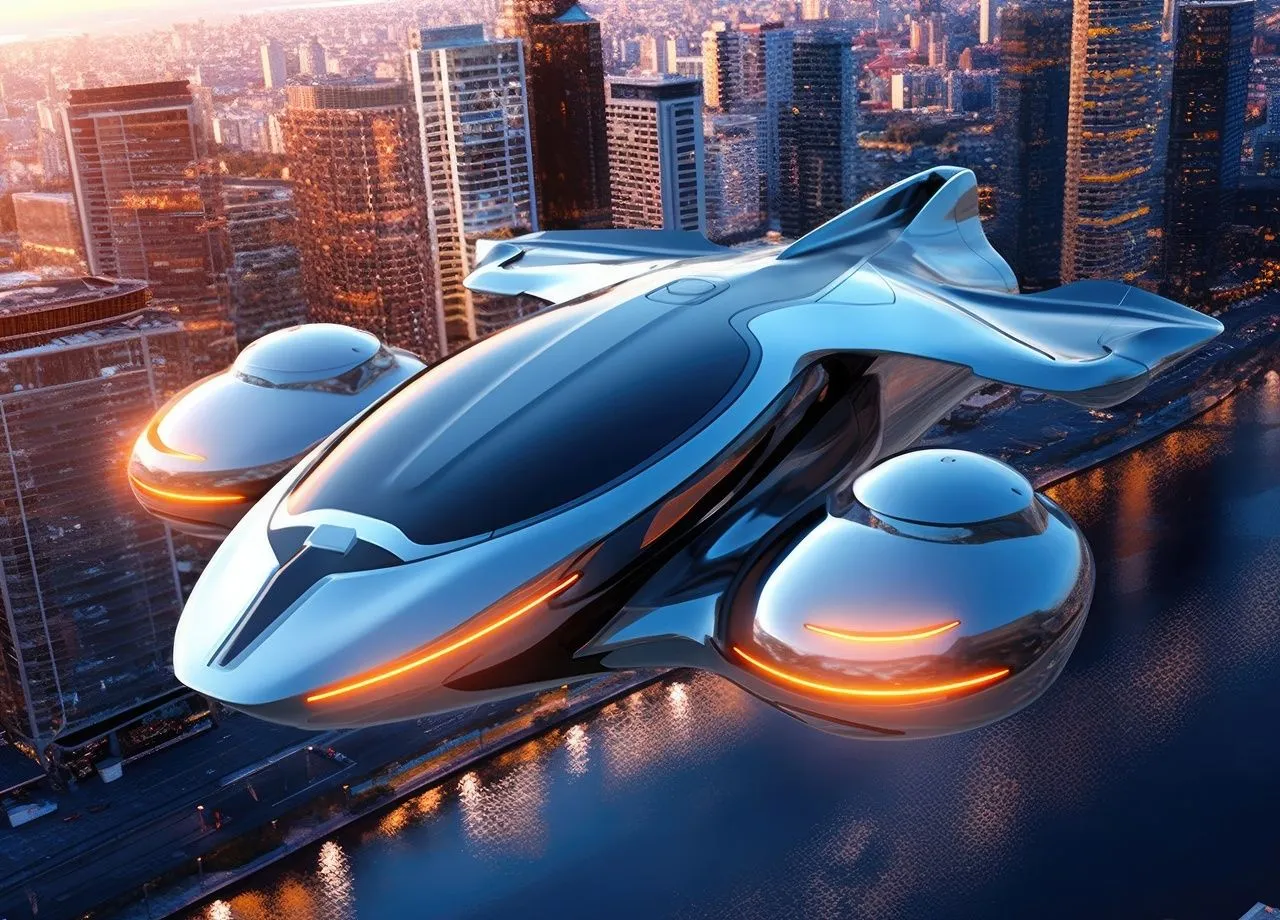The science fiction genre has long been a source of fascination for society; its ability to adopt fantastical and futuristic devices and worlds far beyond the scope of our current reality is incredible. Unfortunately, it is a genre prone to becoming outdated. Eventually, even the most unrealistic technologies become possible - just think how commonplace the automobile is in the current world, and yet, 200 years ago, such a thing was so outlandish it wasn’t even considered to be a possibility. Humanity’s greatest strength is innovation, and it does so continuously and exponentially. As such, we tend to speculate on what the future holds, and while we tend to be fairly accurate, there is one particularly notable prediction that has yet to come true: flying cars.
An Economic Nightmare
The existence of flying cars really shouldn’t be that far-fetched - after all, we have made both cars and airplanes. What is stopping the two from combining? Digging into this question, a shocking answer comes out: Nothing. In fact, the current technological sphere is completely capable of making such a thing possible. However, as Dr. J. Storrs Hall explains in his discussion “Where’s my Flying Car,” they are not economically viable. It is not a question of will they work, but what niche they will fill.
As mentioned previously, humans are incredible inventors, and in the modern economy, these inventions are spurred by profit. While this incentivizes the machinist to develop better and brighter technologies, it also provides a negative feedback loop on inventions that are simply not efficient or desirable, and flying cars fit that category. With regards to transportation, we already have access to so many options. Is it less than a mile? Walk. Less than 5 miles? Ride a bike. 100 miles? Drive a car. Beyond that? Book a flight. The idea of the flying car is trying, and failing, to reinvent the wheel. Flying cars, while certainly novel, have no expandable market presence, and as such, inventors have no incentive to create a product that is not economically viable.
However, as Dr. Hall points out, it is not just the producers that crash this idea fiscally, but also the economics of the consumer. Flying cars, while they could be built, would be far more complex and technical than a traditional car, and as such, they would be far more expensive. If the average family already finds traditional cars to be overly expensive, flying cars would be downright unaffordable. The flying car’s weakness does not lie in the fact that we cannot make it, but in the inherent presumption that the average family could afford it and would willingly budget for it.
The modern economy is simply not conducive to the flying car, nor will it likely ever be. The only way it would gain traction in the market would be under another market entirely. The current system greatly rewards innovations that make life easier and punishes those that don’t, and unfortunately for the flying car, it is a far too expensive, detailed, and inefficient tool which attempts to solve a problem that the average person has solved long ago.
Changing Times
In conjunction with these economic woes, the flying car faces another issue, one Dr. Hall coins the “Machiavelli Effect.” Essentially, those capable of enacting change are those the most resistant to it, as they wish to hold on to their power. Therefore, large restructurings of society are slow to happen, if not impossible, due to humanity’s tendency towards familiarity and tradition. The flying car would completely revolutionize the way we currently view travelling and the environment, and as such, many of society’s core functions would have to be entirely overhauled. With flying cars, there would be no need for airlines or simple traditional cars. Travel time would become reduced, but our world would also become bigger as we are not only able to go to more places, but expected to, placing an even greater burden on those who are unable to keep up with the rampant developments. This doesn’t even mention the sweeping overhaul needed in the economic sector for this to be even remotely commercially viable, as discussed previously.
The flying car is not physically impossible, but it is logistically impossible. Its implementation would turn modern society on its head to solve a problem that hardly even exists; however, just because the flying car faces these issues does not mean every new technology will. The key is that these other developments focus on realistic solutions that tackle genuine problems. Generally, I like to counter the opinions presented to introduce a more nuanced perspective, but I truly support Dr. Hall’s stance that our inventions are only limited by societal and market constraints. The question of “can I?” is nearly irrelevant; rather it is the “should I?” that determines what is made and where we continue to advance technologically.
